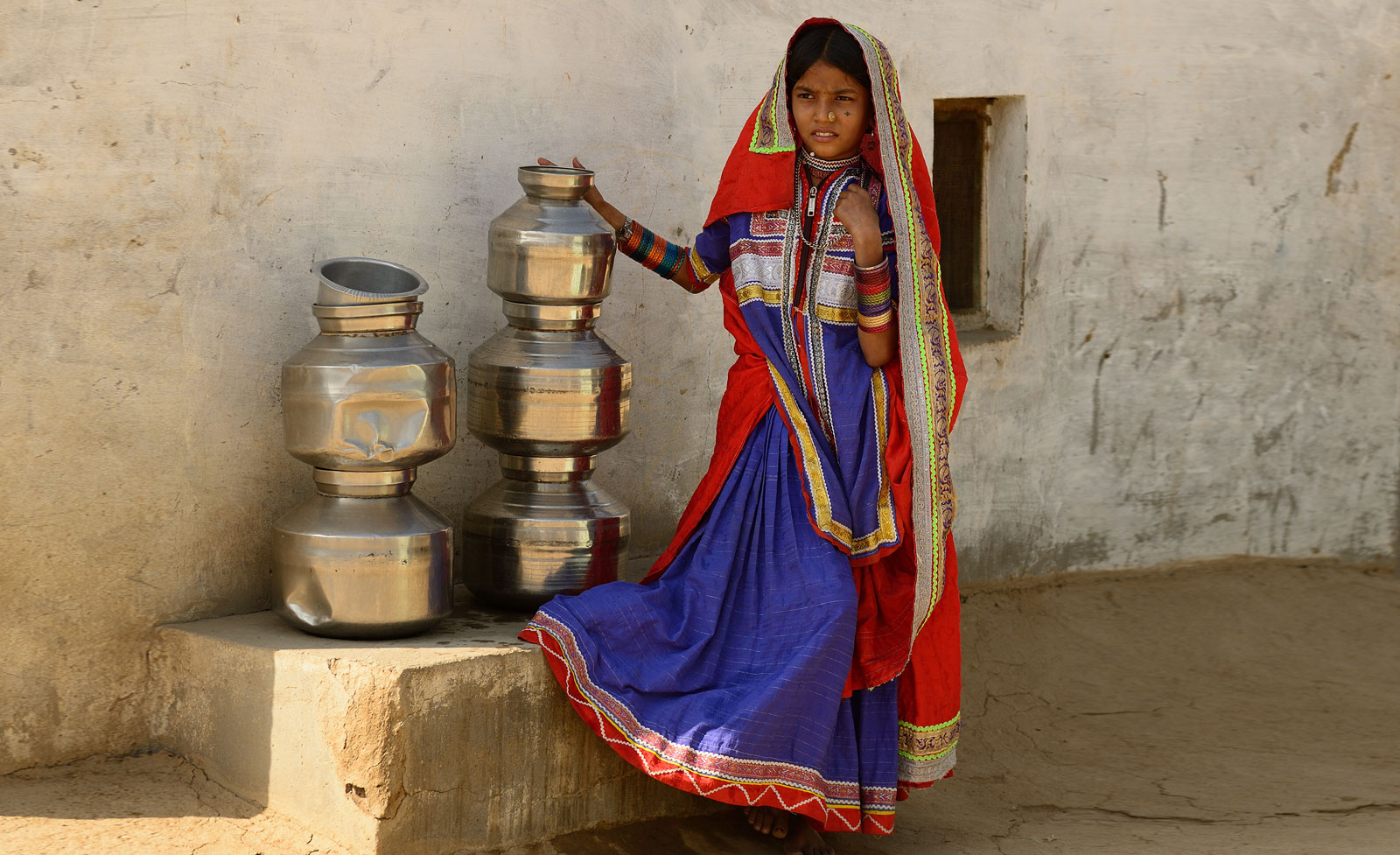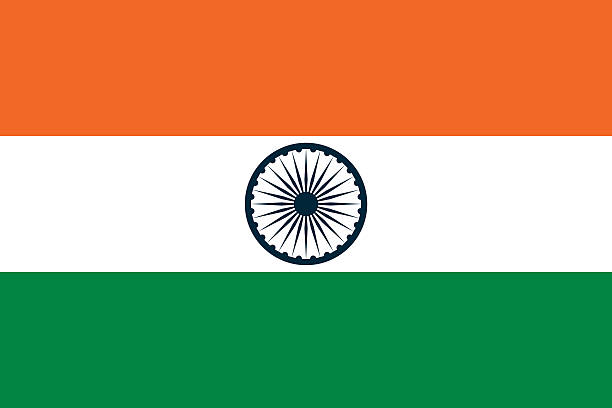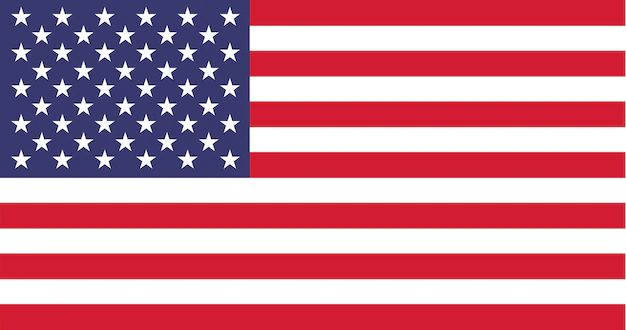Tours for
Teachers
Textiles of Gujarat
India held a world monopoly in the manufacturing of cotton textiles for about 3,000 years from about B.C.1500 to A.D. 1500. In the middle ages, Indian cotton textile products were in great demand in the Eastern and European markets. The first modern cotton textile mill was set up in 1818 at Fort Glaster near Kolkata. But this mill could not survive and had to be closed down. The first successful modern cotton textile mill was established in Mumbai in 1854 by a local Parsi entrepreneur C.N. Dewar. Sharper mill in 1861 and Calico mill in 1863 at Ahmedabad were other landmarks in the development of the Indian cotton textile industry.
Gujarat is the second-largest producer of cotton textiles. This state accounts for over 33 percent of the mill cloth and over 8 percent of the yarn production of the country. Ahmedabad is the largest center where 73 out of 118 mills in Gujarat are located. Ahmedabad is the second-largest center of the cotton textile industry after Mumbai.
A textile tour of Gujarat will provide you with an insight into the wonderful world of happy local communities connected with the textiles and their cultural heritage.
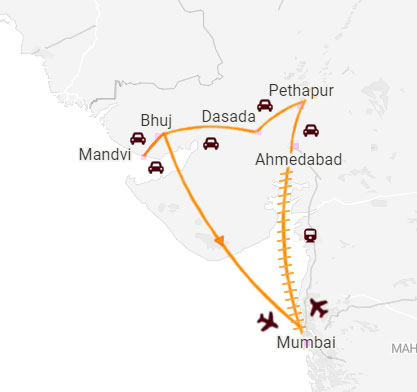
The Itinerary
Mumbai – Ahmedabad – Pethapur – Dasada - Bhuj - Mandvi - Mumbai
Mumbai, Maharashtra

Ahmedabad, Gujarat
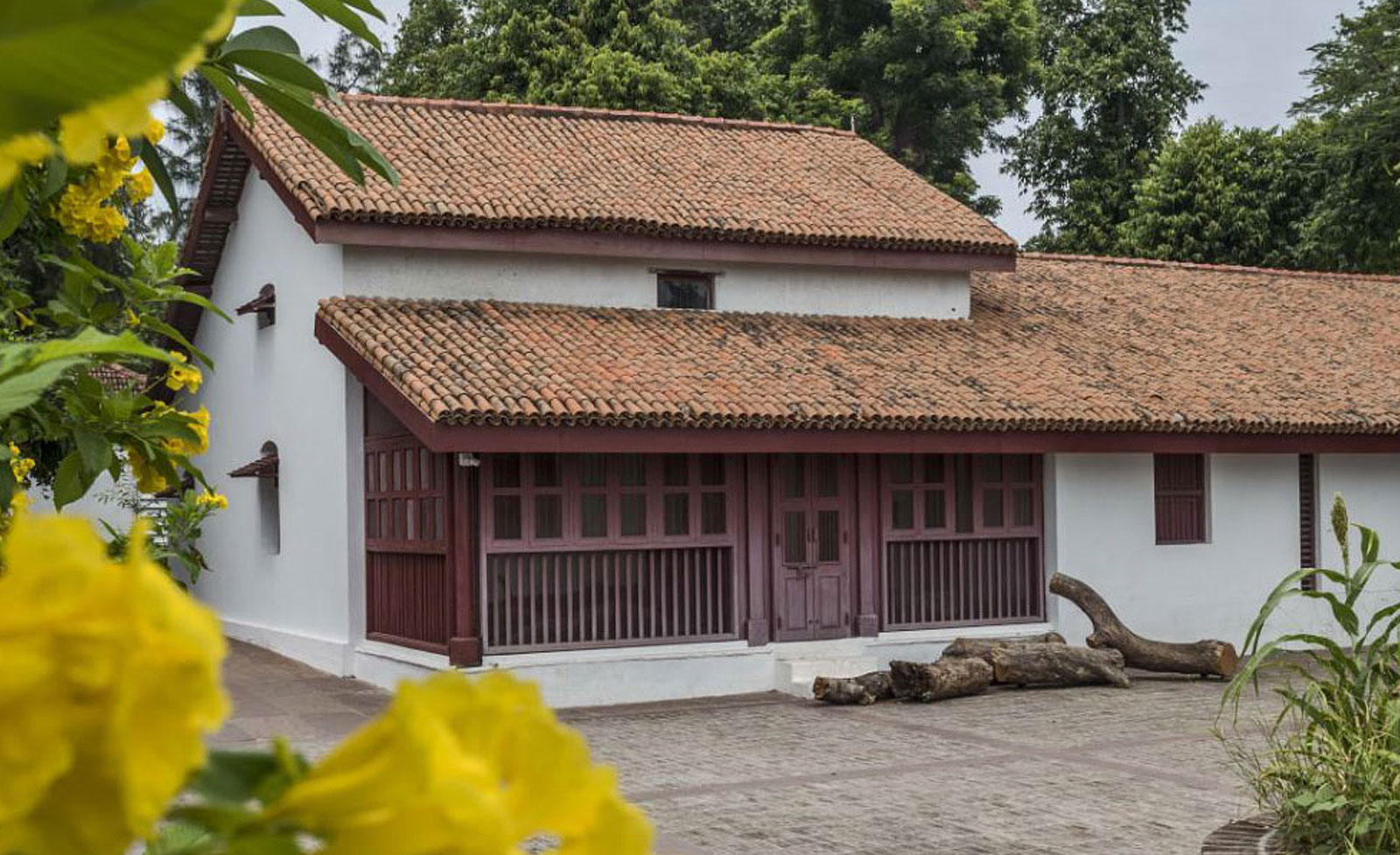
There is also a half-hour special slide show running through pages of the city’s history unfolding back to its birth from a 10th century AD ancient site known as Ashaval to the present Walled city refounded during the period of Ahmedshah and onwards. Effectively anchored the walk, proceeds from Kavi Dalpatram Chowk – which housed the great 19th century Gujarati poet – in Lambeshwar ni Pole, to the classic reminisces of the city’s textile era – the Calico Dome.
Lunch in a local restaurant – After lunch and rest visit Calico Museum of Textiles in the afternoon – here we will see Indian Textiles influenced by the Mughal and Provincial Courts 17th-19th Century Textile Trade of India with the outside world – 15th-19th Century Indian Co Regional Embroideries of India 19th Century Costumes in the Calico Collection – 18th to mid-20th Century (Sindh, Kutch, Kathiawad, Tamilnadu, Orissa, Mithila (Bihar), Bengal, Punjab, Chamba (Himachal Pradesh), Indian Tie-Dyed Fabrics, Techniques of Weaving and Dyeing Wooden Blocks for Printing on cloth. Dinner and overnight at the hotel.
The woodworking tools used by the artisans are mostly designed by them. Once the block of wood is polished smooth and ready for engraving the craftsman begins his creation of deep relief work. The negative spaces have to be precise and sensitively planned as it is the block that creates the magic of the finished fabric. Blocks are made in a series according to the amount of colors, the final print will contain.
This is highly skilled and meticulous process where registration points of the main block have to match with the relative blocks so that together as a group they make a whole image. Trellises, floral patterns, lehariyas, flora and fauna, geometrical abstractions and even modern indentation are dexterously etched in by the craftsmen.
Kalamkari (Kalam means pen, Kari means work) is an ancient craft of fabric dyeing and printing. In this age of product homogeneity, each Kalamkari piece is exclusive and a visual delight for a fashion designer. A few connoisseurs of art keep the craft alive in the city. Artist dips his kalam (a pen like instrument, made of bamboo or palm bark, sharpened on one end and tied with a bundle of fine hair that serves as a brush) in vegetable colours and his steady hand covers the cloth with designs; every line is a firm stroke. From over his shoulder you see a perfect piece of art emerge.
The yellow bulb over his head shudders as the warm afternoon breeze wafts in and a weak ripple passes underneath the cloth. The beauty in that space and time completely captures you. The exquisite ancient craft of Kalamkari can do odd things to your senses. This art may be on its last breath in the city but it still exists even though it may not make much economy’s sense. In this age of mass production, Kalamkari churns out one-off pieces and offers exclusivity with each craftsman patronizing his own motifs. Techniques of craftsmanship in Kalamkari have been passed down over the years through generations of families. Apart from Ahmedabad, Kalamkari is also thriving in Andhra Pradesh’s Masulipatnam and Srikalahasti villages. These painting are found only in parts of India and Iran.
Evening visit to Vishalla for a visit to the Utensils Museum and dinner. Vishalla serves traditional Gujarati food in village surroundings. It has Vichar. A walk around the hut-like museum makes one’s heart skip a beat, marvelling at the inimitable beauty of these utensils of old age. These utensils have been handed down through the changing seasons and times, over the years.
They speak of the unmatched art and genius of humankind during the days of old when people did not have the modern facilities of our times. The designer could not let our rich heritage pass with these vessels being lost in the fire kilns! He was determined to preserve them, and today, his dream is a reality in the form of Vechaar (Utensils & Vessels Museum).

Departure after early breakfast for Modhera Sun temple one of the finest examples of Indian architecture of its period. Built in 1026 A.D. the temple is dedicated to the Sun-God, Surya and stands high on a plinth overlooking a deep stone-steeped tank. Every inch of the edifice, both inside and outside is magnificently carved with Gods and Goddesses, birds, beasts and flowers. The main hall and shrine of the temple are reached through a pillared porch and the temple exterior is intricately and delicately carved.
After the visit, we leave for Patan where we will witness the rich heritage of Double Ikat. Double Ikat Patola from the area of Patan is unique with its gem-like qualities, gorgeous colors, designs & durability. Its very appearance lures the connoisseur of fine textiles. It has no reverse side. Both sides have equal intensity of color and design. The peculiar quality has its origins in a very intricate and difficult technique of Tie dying or Knot dyeing known as Bandhani Process on the wrap & weft separately before weaving.
The Patola was traditionally woven in a sari length of 5 to 9 yards by 45" to 54" width. The range now extends to include tablecloth border, scarves, and handkerchiefs. Design Elements of Patola : Essentially the design in a Patola are based on traditional motifs called "Bhat", These designs include "narikunj", "pan", "phulwadi", "chowkdi", "raas", "chhabdi", "chokha", "navratna", "panchphool", "sarvariya", "laheriya" etc. Flowers, animals, birds & human figures form the basic designs New geometrical designs using vegetable dyes were developed and displayed at the Festivals of India held in Paris, London, Tokyo, Washington and Moscow.
Also visit Rani-Ki-Vav – stepwell on the banks of the Saraswati river, which are a distinctive form of subterranean water resource and storage systems on the Indian subcontinent, they have been constructed since the 3rd millennium BC. Stay at Rann Riders for 2 nights. Dinner and overnight at the hotel.
Gujarati Women Doing Embroideries, Rann of Kutch Gujarat
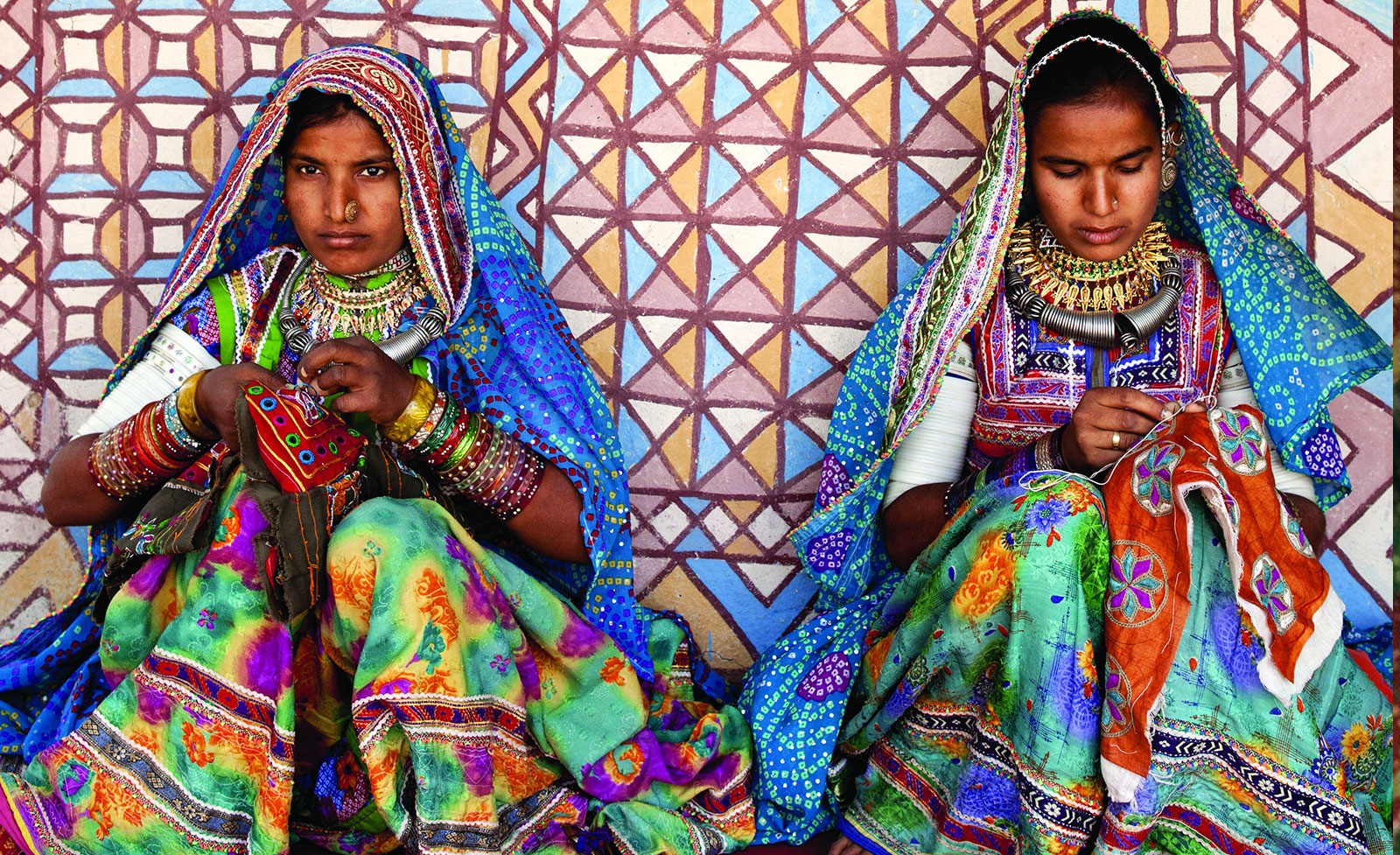
Little ran of Kutch has one of the most interesting ethnic communities called Rabaris. Once a nomadic people, Rabaris follow an interesting lifestyle and customs. Most of the Rabbis are now settled, though some still continue to be semi-nomadic, raising cattle, camels and goats in the arid deserts of Kutch and western India.
Those settled live in small hamlets either in villages or in small towns, sometimes jointly with other ethnic communities and sometimes as a single ethnic unit. Rabaris can be easily identified by looking at their women folk, who are usually clad with long black head drapes, distinctive heavy brass earrings which hang low, stretching the earlobes. Their jewellery is modest in comparison to other tribal women. The sanctuary is well known for its group of the stale joke brown Asiatic (Wild ass), which does not live elsewhere in Indian lowlands. We can see with Little Rann of Kutch black buck (Indian antelope), Nilgai or blue bull (India’s largest antelope) and the graceful chinkara (Indian gazelle) are other mammals. The main carnivores of the Little Rann of Kutch are the endangered Indian wolf, desert fox, Indian fox, jackals, desert and jungle cats, and a few hyenas; also we can see during the visits flamingos, pelicans, ducks, cranes and storks. Dinner and overnight at the hotel.
Modera, Gujarat
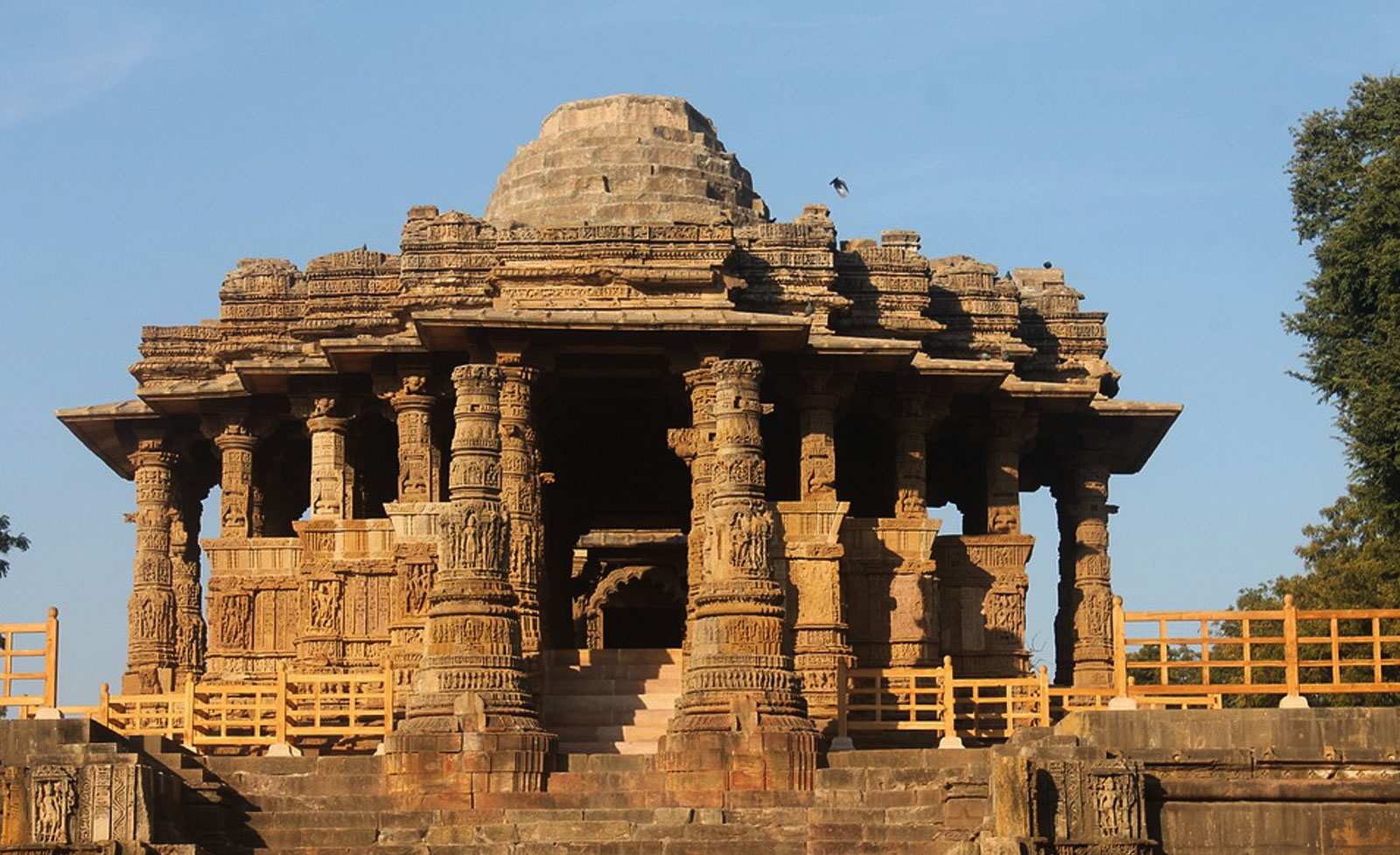
Bhujodi is a small town 8 kms southeast of Bhuj. It is a major textile centre of Kutch, with the vast majority of the 1200 inhabitants involved in textile handicraft production. Here you can meet weavers, tie-dye artists and block printers, most of who belong to the Vankar community. Many will let you watch them work; just ask around.

The traditions of needlework and textile arts are preserved by almost every community and caste in the semi-arid regions of Saurashtra and Kutch. A full day’s safari exploring some of the Kutchi village communities offers an insight into the traditions and the daily life of the artisans whose work is integral to the culture of the region.
The village of Nirona is the only place in the world where the tradition of Rogan art is still practiced (a method of producing dyes from natural resources and castor oil and creating intricate and long-lasting designs on silk and cotton). Nirona also offers the chance to see artisans making copper bells and practicing wood lacquering. The villages of Dhordo and Ludia provide an opportunity to see Bandhani (tie and dye,) block-printing, and the intricate embroidery and embellished bead and mirror-work that encapsulates the folk culture of Gujarat.
Mandvi, Gujarat
